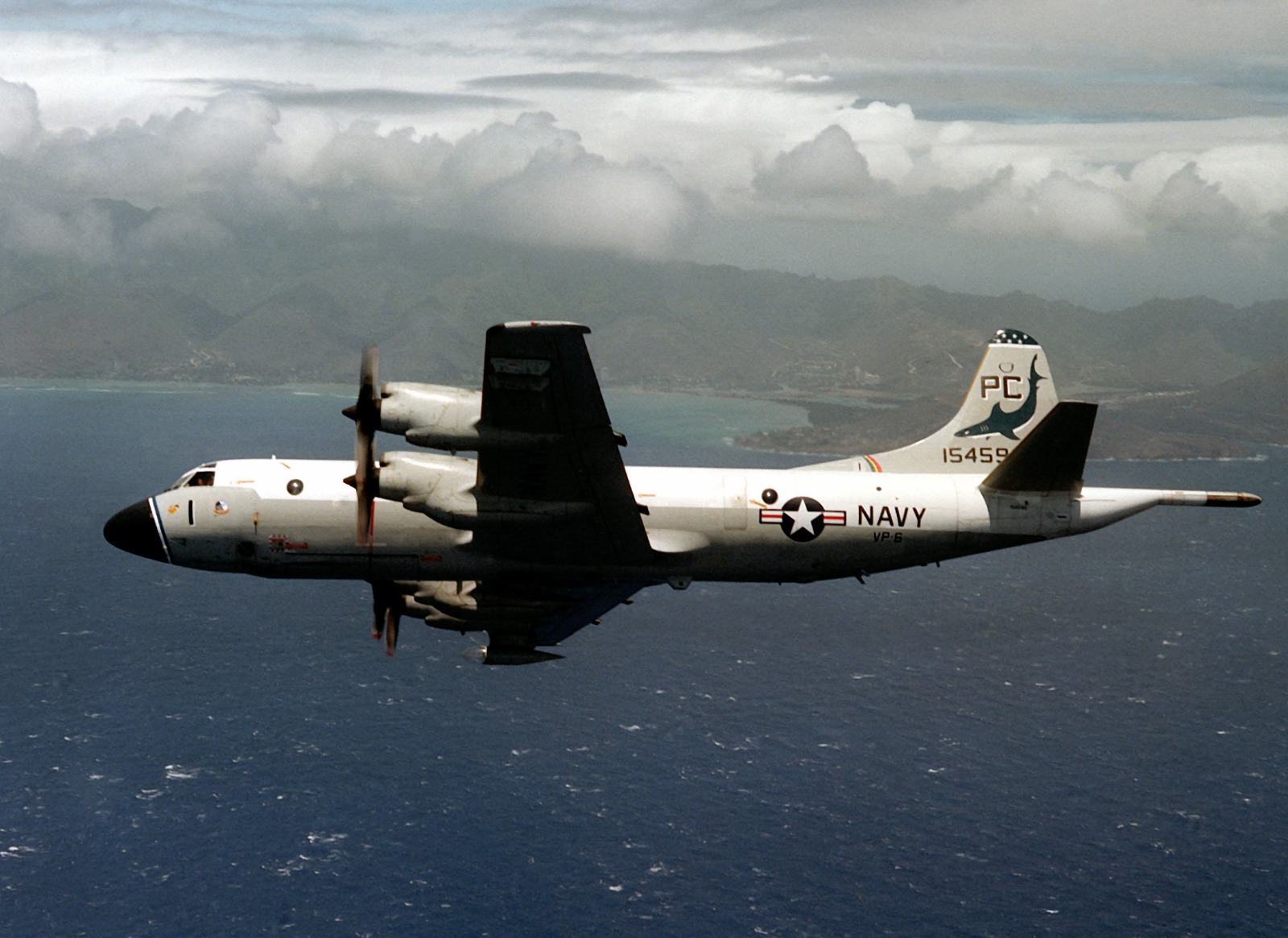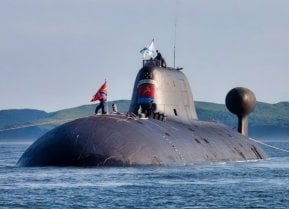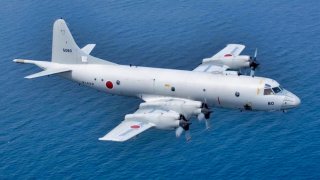The P-3 Orion Was Built to Kill Russian Submarines
The Lockheed P-3 Orion, a turboprop anti-submarine and maritime surveillance aircraft, has been a staple in aerial fleets worldwide since its first flight in 1959. Developed from the Lockheed L-188 Electra commercial airliner, the P-3 has served the military needs of various nations including the U.S., China, Japan, and South Korea.
Summary: The Lockheed P-3 Orion, a turboprop anti-submarine and maritime surveillance aircraft, has been a staple in aerial fleets worldwide since its first flight in 1959. Developed from the Lockheed L-188 Electra commercial airliner, the P-3 has served the military needs of various nations including the U.S., China, Japan, and South Korea.
-Notably equipped with a tail stinger for magnetic anomaly detection (MAD) of submarines, the P-3 Orion has proved its versatility and endurance by joining the ranks of long-serving U.S. military aircraft such as the B-52 Stratofortress and C-130 Hercules.
-The aircraft, which can be equipped with a variety of armaments including torpedoes and Harpoon missiles, continues to be relevant due to its robust design and significant upgrade capabilities. Over its operational history, the P-3 has been pivotal in missions ranging from tracking Soviet submarines during the Cold War to patrolling blockades during the Cuban Missile Crisis, demonstrating its enduring value in geopolitical and defense strategies.
The P-3 Orion Was Built to Hunt Russian Submarines in a War
The Lockheed P-3 Orion first flew in 1959, and it has been out of production since 1990. Yet the four-engine, turboprop anti-submarine aircraft is still in service today with the U.S., China, Japan, South Korea, and others.
Developed from the commercial L-188 Electra, the P-3 is distinguished by its tail stinger, or MAD boom, used for the magnetic anomaly detection (MAD) of submarines. In total, 757 P-3s have been built, and in 2012, the P-3 entered a rare company. The Orion joined the B-52 Stratofortress, KC-135 Stratotanker, C-130 Hercules, and U-2 Dragon Lady as the only U.S. military aircraft to serve for over 50 years. That was 12 years ago, of course, and the P-3 still flies today.
Developing the P-3
In 1957, the U.S. Navy solicited bids to replace the piston-engined Lockheed P-2 Neptune and the Martin P-5 Marlin, two outdated maritime patrol and antisubmarine warfare airframes. In the spirit of cost efficiency, Lockheed suggested creating a military version of their L-188 Electra. The proposal won, and a prototype was flown before the end of the decade.
While the P-3 was derivative of the L-188, the two planes differ structurally. The P-3 has a shorter span of fuselage forward of the wings, with a bomb bay, a pointier nose radome, hardpoints, and the MAD boom.
The P-3’s internal bomb bay can house conventional Mark 50 torpedoes or Mark 46 torpedoes, and it can be outfitted with nuclear weapons. Underwing hardpoints can be configured with the AGM-84 Harpoon, AGM-84E SLAM, AGM-84H/K SLAM-ER, and AGM-65 Maverick. They can also carry Zuni rockets, sea mines, and gravity bombs.
The P-3 is outfitted with four Allison T56 turboprop engines, allowing for a top speed of 411 knots, which is comparable to the fastest propeller fighters and the slowest turbofan jet aircraft – planes like the A-10 Warthog and the S-3 Viking.
The crew complement changes based on the mission. It used to include 12 servicemembers before being reduced to 11 in the early 2000s after elimination of the in-flight ordnanceman position. Today, the P-3 typically flies with three naval aviators, two naval flight officers, two aircrew flight engineers, three sensor operators, and one in-flight technician.
The P-3’s Operational History
During the Cold War, the P-3 was used to locate Soviet Navy ballistic-missile and fast-attack submarines. During the Cuban Missile Crisis, the P-3 flew blockade patrols to prevent Soviet delivery of nuclear weapons to Fidel Castro’s regime.

Indeed, the P-3 has had at least a peripheral presence in most American conflicts from Vietnam to Afghanistan. Several variants have been produced, and the aircraft has been exported around the world. Brazil, Canada, Germany, China, Japan, Iran, and others all have P-3s in their inventories. Former operators include Norway, Spain, Thailand, and New Zealand. On the civilian side, several entities have employed the P-3, including the NOAA, NASA, DHS, and Buffalo Airways.
About the Author: Harrison Kass
Harrison Kass is a defense and national security writer with over 1,000 total pieces on issues involving global affairs. An attorney, pilot, guitarist, and minor pro hockey player, Harrison joined the US Air Force as a Pilot Trainee but was medically discharged. Harrison holds a BA from Lake Forest College, a JD from the University of Oregon, and an MA from New York University. Harrison listens to Dokken.
Image Credit: Creative Commons.


